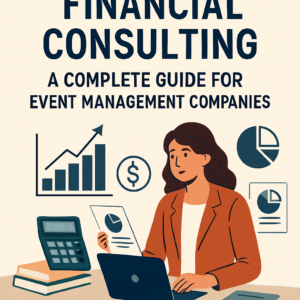Inflation is at an all-time high in nearly 40 years, and you may be concerned about your cash reserves or having a cash cushion in a time of crisis. It’s generally a good idea to keep at least six months of living expenses in your stash. However, with inflation causing your money to have less purchasing power, you may want to reevaluate your strategies on cash flow to survive this uncertain time.
What are Cash Reserves?
Cash reserves are the money that a company or individual saves for short-term or emergency-funding purposes. Companies use cash reserves to meet expected and unexpected costs, and they also use it to finance short-term investments like treasury bills and money market funds. As a general rule, companies and individuals should have three to six months of cash reserves or liquid assets saved for expenses.
These cash reserves can be kept in bank accounts or in short-term stable investments that will not lose value. That way, when it is time to withdraw or sell these investments, they won’t lose the cash regardless of the stock market status.
What Happens During Inflation
In order to combat inflation, the Federal Reserve will need to raise the federal funds rate. This is the interest rate that banks use to borrow and lend money to each other. When this happens, the cost of borrowing becomes much more expensive, causing the higher interest rates to trickle down to loans and mortgages. These interest rates might also affect checking and savings accounts in the banks. Therefore, you will most likely lose that money over time because inflation will outpace the return.
So, how do you manage and protect your cash reserves during inflation? Check out the 3 steps below.
1. Look for high-yield interest bank accounts.
Because the low interest rates are almost guaranteed to create losses, it’s best to look for the high-yield interest rates on bank accounts instead. Even though bank accounts don’t necessarily beat the overall rate of inflation, it is far better than keeping a stash of cash at home or using a low interest rate account.
2. Try to keep your costs low.
As an individual or a company, you can cut your costs anywhere you’re spending extra. If you’re running your own business, you could reconsider your rent and utilities costs, maybe an insurance you no longer need, or perhaps you could renegotiate a loan. As an individual, you could stop using extra subscriptions or convenience services, or you could reduce your housing situation.
3. Diversify your investments.
Along with having an emergency fund for up to six months, consider investing in several assets, such as treasury bonds, stocks, treasury inflation-protected securities (TIPS), or real estate and commodities. A TreasuryDirect Series I savings bond, for example, gives an interest rate over 7% for up to $10,000 on a one-year term. These bonds operate like a certificate of deposit, which means you can put money in for one year, and by the end of that term, you will have a higher rate of return than the current rate of inflation. Therefore, your money won’t lose value.
Assemblage Can Help You
At Assemblage LLC, we offer bookkeeping and accounting services to small and medium-sized businesses. We can help you analyze your cash flow and cash reserves, so you can beat the inflation rates and minimize losses! Contact us today.









